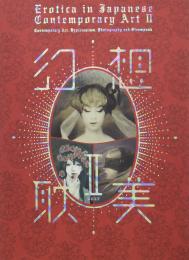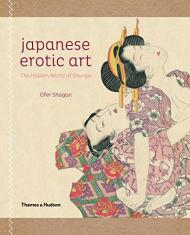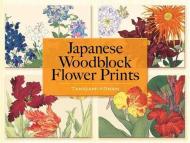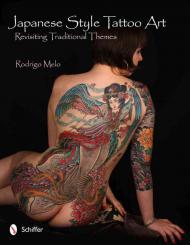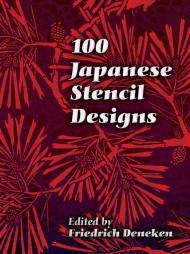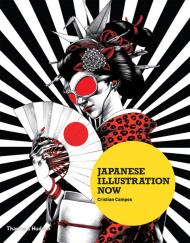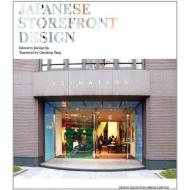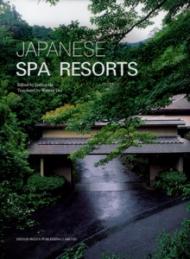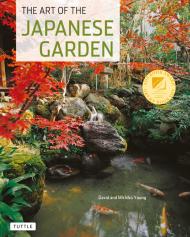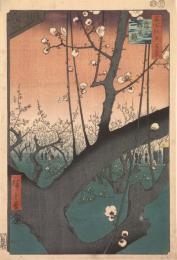Красиво оформлена та візуально вражаюча книга про японське еротичне мистецтво, шунга
Японське еротичне мистецтво або шунга має довгу історію, з тисячами високоякісних картин, гравюр та ілюстрованих книг, створених як знаменитими, так і анонімними художниками, переважно з кінця XVII до XIX століття. Часто відвертий, але також ніжний, чуттєвий і жартівливий, навіть повчальний, shunga – евфемізм, що означає «образ весни» – відзначає всі грані людської сексуальності. Надзвичайно популярні в японському суспільстві, такі зображення вважалися цілком природними та є вираженням витонченої культури «плаваючого світу», яка прагне до насолоди, якою славиться Японія періоду Едо, коли було створено багато з цих творів.
Твори шунга подобалися всім верствам суспільства, від самураїв до звичайних новоспечених пар, особливо після того, як поява ксилографічного друку зробила їх доступними за ціною – можна було навіть брати книги шунга в бібліотеках. Майже кожен художник знаменитої школи ukiyo-e, включаючи Хокусая, Утамаро та Кунійоші, створив сюнга, демонструючи блискучу уяву, великі технічні досягнення та оригінальність.
У приголомшливому розмаїтті зображень, взятих із його власної неперевершеної колекції, Офер Шаган показує нам повний спектр сексуальних практик і самовираження, включаючи оголеність і одяг, вуайєризм, богів, монстрів і тварин, оргазм, перелюб і ревнощі, і багато іншого. Ця книга, організована тематично, висвітлює символи та мотиви, часто приховані на тлі мистецтва, які є вирішальними для правильного розуміння та оцінки цього жанру.
Довгий час шунга залишалася табуйованою та виключеною з наукової сфери, але ця амбітна книга з передмовою професора Ендрю Герстла зі Школи східних і африканських досліджень Лондонського університету повертає ці чудові твори мистецтва на належне їм місце в історії японського мистецтва, культури та суспільства.
Завдяки понад 1200 ілюстрацій, усі спеціально сфотографовані та багато з яких рідко або ніколи раніше не публікувалися, ця чудово створена книга досліджує інтимне багатство шунга так, як це не робило жодне інше видання.
Про автора:
Офер Шаган написав кілька книг про аспекти своєї колекції, включно з Мудмі Ікат з Таїланду та Мистецтво та історія Південно-Східної Азії, а також понад сотню статей у періодичних виданнях, що стосуються історії, культури та мистецтва, включаючи обширні праці про шунга.
